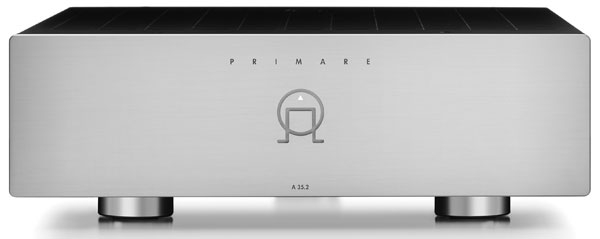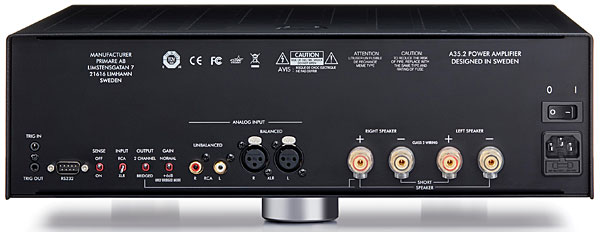| Columns Retired Columns & Blogs |
Herb (Cc: JA2 & JA1), Within this review you mentioned your Magnepan 0.7 planar loudspeakers and linked to a partial review (no measurements) from 06 August 2015. You have had a long time with these, and I think a follow up review addendum to that article could be an interesting read, and very much more so if JA1 includes a set of measurements.








































